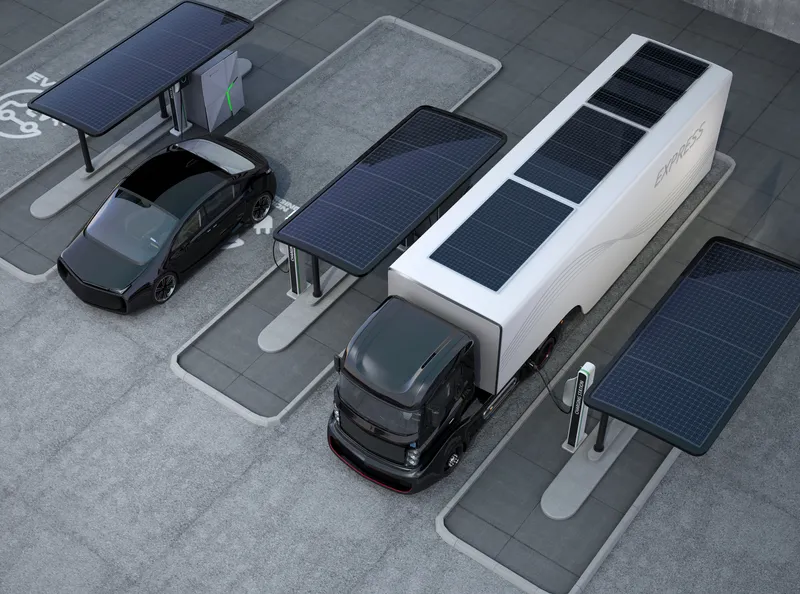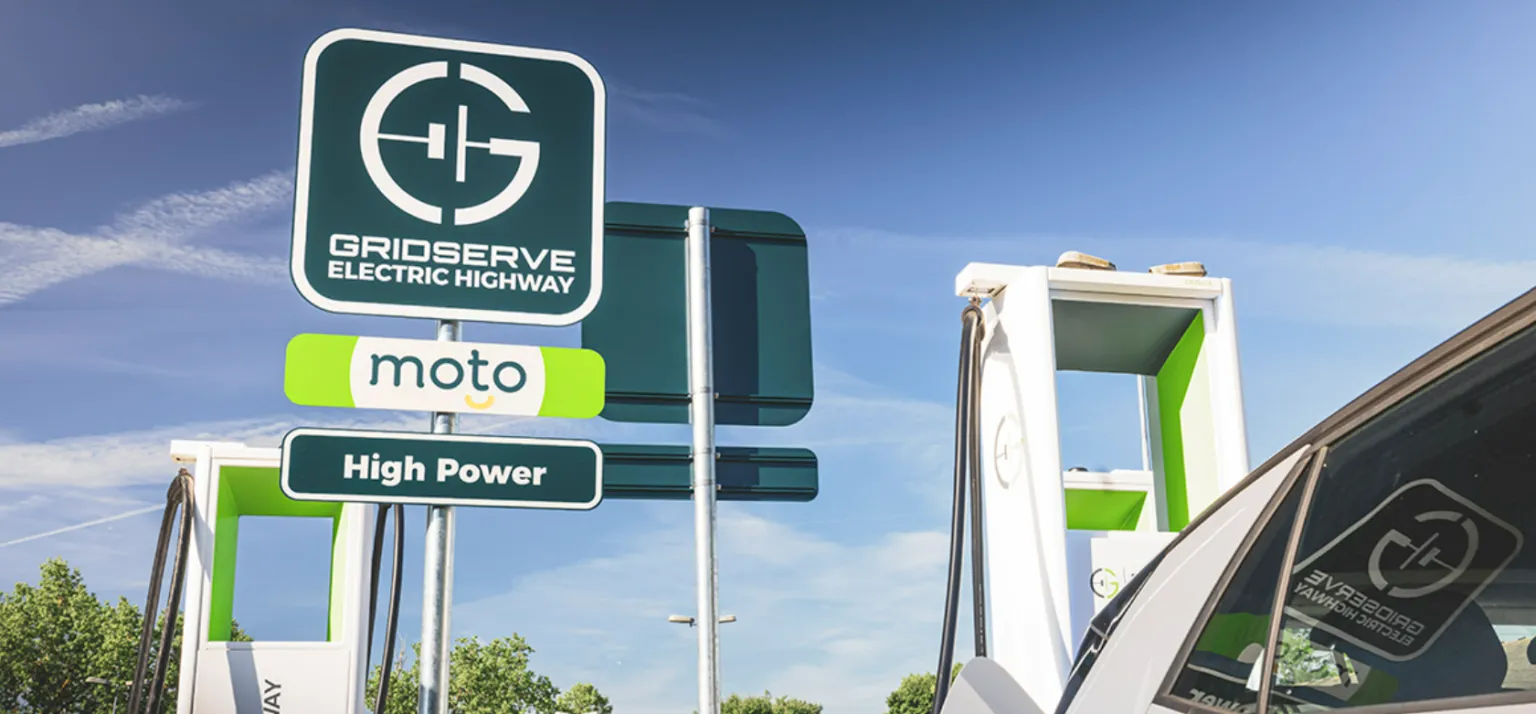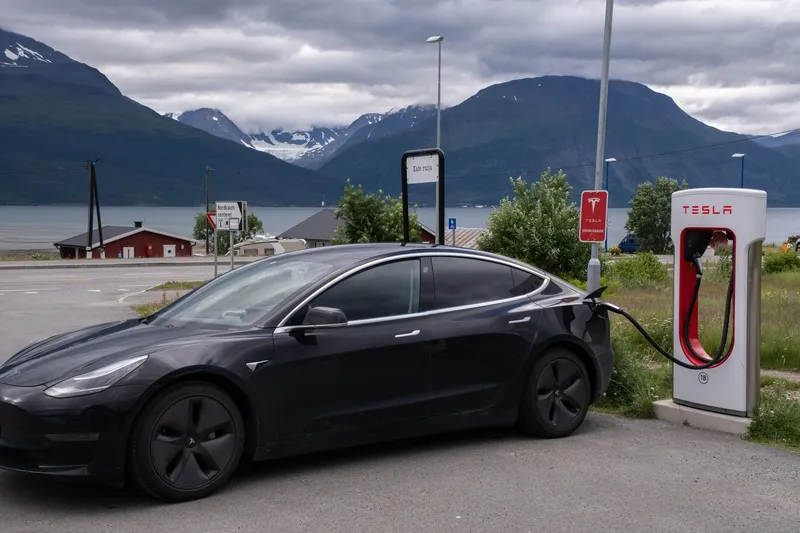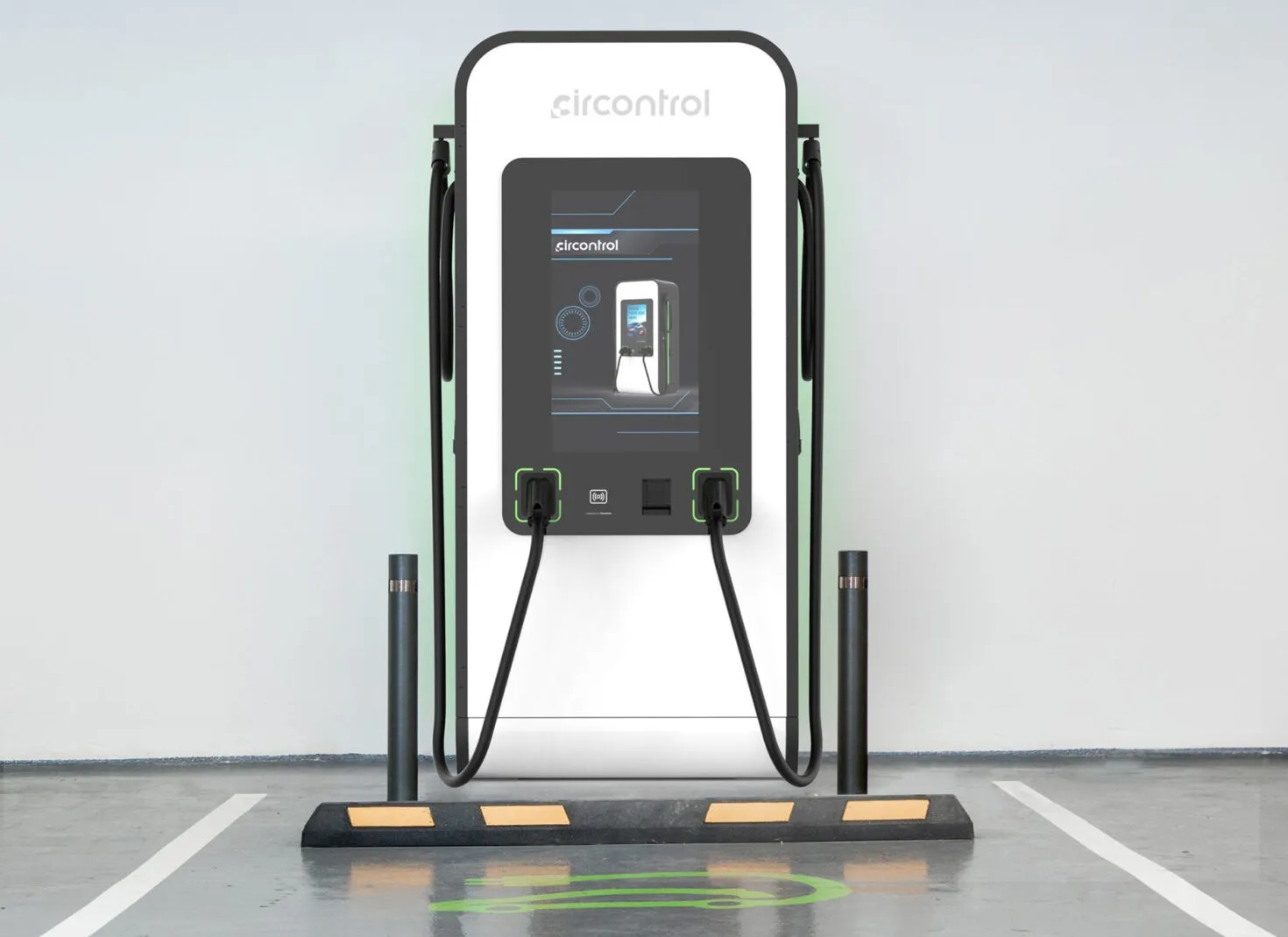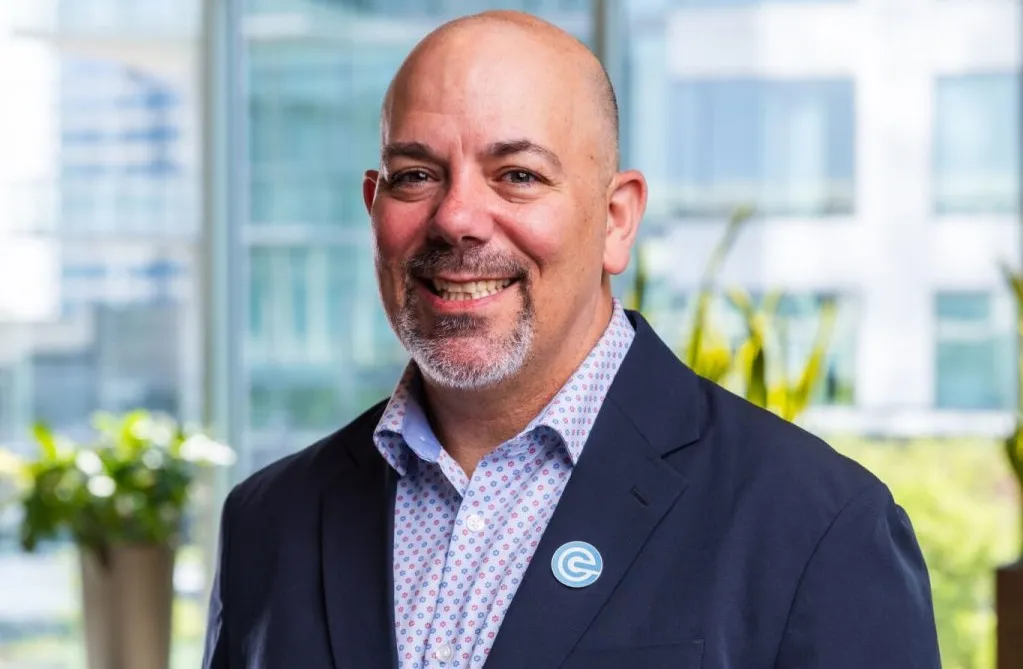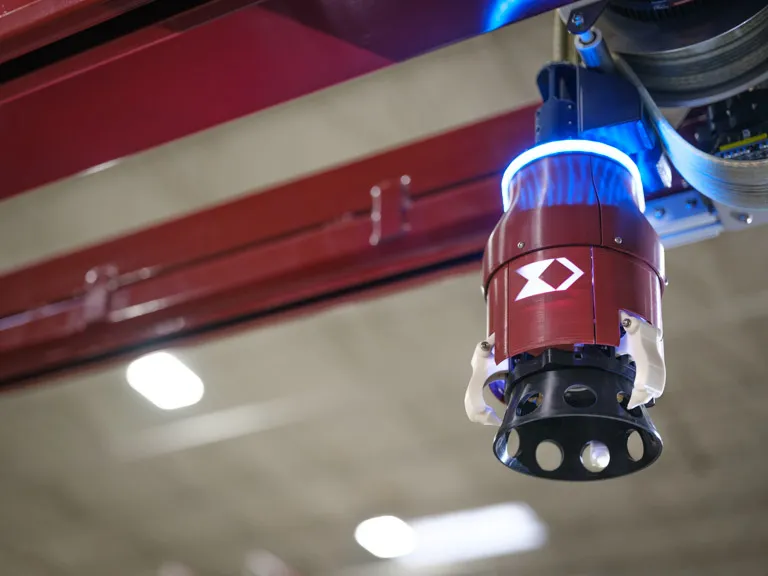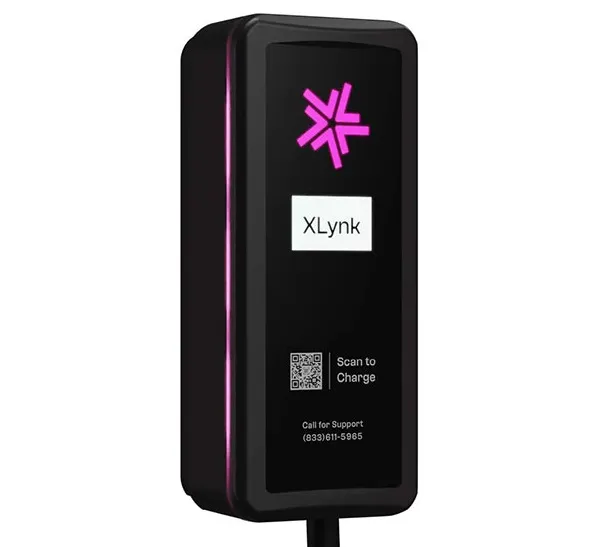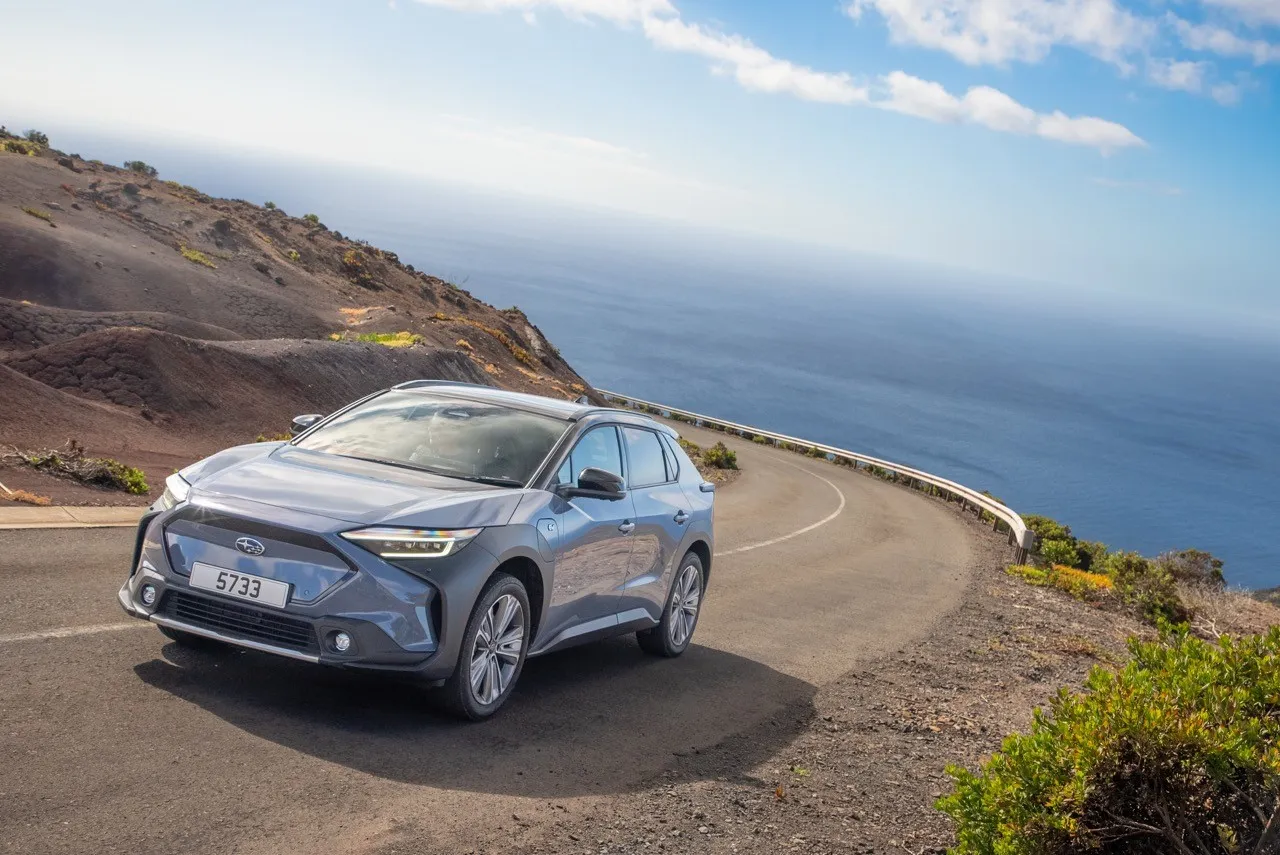
It is the latest step in a plan for the tropical island, made famous as the final place of exile for Napoleon and home to 192-year-old tortoise Jonathan, to switch almost entirely to sustainable power and zero-emission transport by the end of this decade.
Global car manufacturer Subaru and Norwegian electric vehicle charger brand Easee have collaborated with the St Helena Government to test the feasibility, reliability and adaptability of electric vehicle use on one of the most remote inhabited islands on the planet.
The trial, lasting 2 months, featured an Easee Charge unit being installed beside the island’s Museum in the capital, Jamestown. It was connected to the St. Helena grid by island power provider Connect St Helena Ltd, and was used to charge an all-electric Subaru Solterra, which was put through its paces across the rugged St Helena landscape.
With only four electric vehicles currently in use on St. Helena, and none of them the latest generation in EV technology, a 2024 Subaru Solterra was transported on the regular monthly supply ship to the island for the trial by Subaru UK. St. Helena is home to many Subarus, known for their robustness and reliability, and the arrival of the company’s first all-electric car drew a lot of attention.
The permanent All-Wheel drive Solterra was tested on sealed and dirt roads, in Jamestown and on the tight network of lanes which cling to the volcanic isle’s craggy landscape. A whole day of driving, over approximately 50 miles on the 10x5 mile island , used no more than 20% of the battery capacity. The undulating roads meant the battery could be recharged using the vehicle's regenerative braking technology on downhill sections.
“From Subaru’s perspective, it's an honour to be involved in a project that could potentially lead to a fully sustainable future for Saint Helena,” commented Lorraine Bishton, Managing Director of Subaru UK. “ It's a real testament to the Subaru's reliability and capability that we're not sending a technician with the Solterra. And to be honest, if you can operate an electric vehicle in this type of environment then you really can anywhere.”
St Helena has a wind farm and a solar array, providing up to 25% of the island’s power needs. The rest is generated by a diesel power station, using £5 million of fuel shipped from South Africa each year. The St. Helena Government plans to have 80% of the island’s power generated by wind and solar by 2028.
“We're excited to be a partner in this project to bring in an electric car and an electric charger and to install it as a public charging station in the remotest place in the world,” says Mark Brooks, St Helena Minister for Treasury and Economic Development.
“I think this project really resonates with us for a couple of reasons. Firstly, we don't believe location should be a barrier to the EV transition at all,” added Adam Rodgers, Managing Director of Easee UK. “And secondly, the robustness, durability, and efficacy of our charger really is a powerful accolade of which we take pride, so that we know we can place it somewhere as remote as St Helena. I just know that it's going to work and that means the customer ultimately can rely on good, solid infrastructure that will not break down when they need it most.”
The Easee charging point will remain on St. Helena as part of an expanding charging network being installed for a small fleet of electric cars being imported for tourist and islander use in 2025. The Subaru Solterra has proved hugely popular with Saints, with the test team receiving multiple offers from residents to purchase it.
The St Helena Government incentivises the import of low emission vehicles for residents to import electric cars and, with the move towards increasingly sustainable power generation, the potential is for this British Overseas Territory to become one of the first territories in the world to have a zero-emission automotive footprint.
“The next step is to roll out the infrastructure so that we are using electric vehicles more and more on the island,” concludes Minister Brooks. “There are a lot of diesel and petrol vehicles primarily and we want to change that behaviour and start to use more electric vehicles.”


